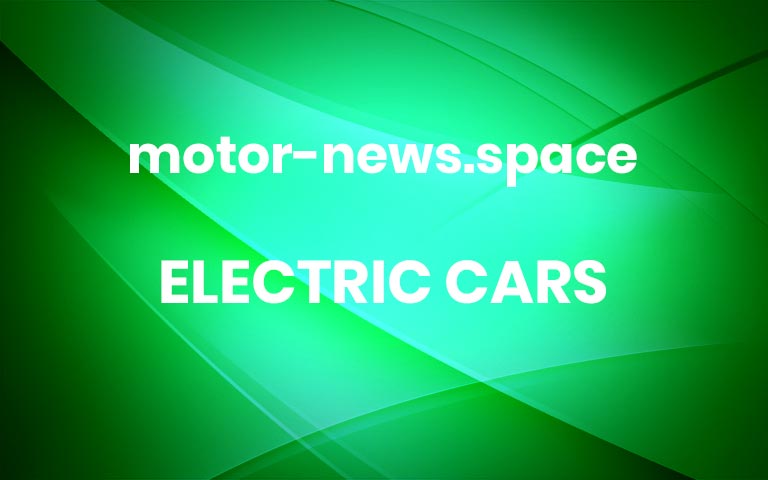Super Soco Electric Motorcycles TCMax, TS Street Hunter – New Colours
Super Soco Electric Motorcycle – TCMax New ColourVmoto Soco had unveiled multiple products at EICMA 2021 including electric scooters, motorcycles and fleet vehicles
Currently focused on European and US markets, Vmoto Soco Group will eventually expand its footprint globally. The company has set ambitious plans to emerge as one of the leading brands in e-mobility. Towards that end, Vmoto Soco spent some busy days at 2021 EICMA, where a number of new electric vehicles were showcased.
Two of these are Super Soco TS Street Hunter, which seeks inspiration from the naked streetfighter design format. The other one is TCMax retro motorcycle, the previous gen of which was spied in India with Revolt brand.
2022 Super Soco Electric Motorcycles – styling and features
Vmoto Soco’s TS range currently has TS and TS-X electric motorcycles. Overall styling of TS Street Hunter looks familiar to these motorcycles. Some key features include a quirky headlamp face, spear-shaped turn signals, wide handlebar, sculpted fuel tank, prominent side fairing, single-piece seat and trendy tail lamp.
It is likely that TS Street Hunter will be borrowing several of its features from existing TS motorcycles. There could be slight variations or tweaks in line with the bike’s sportier profile. Things like an all-LED lighting setup and full-digital instrument console are apparent.
Super Soco Electric Motorcycle – TCMax New Colour
Instrument console used on TS 2021 displays a range of information such as battery status, real-time speed, odometer, full range, air temperature, clock and riding map. The screen has minimalistic black lettering against a light grey background, which should work well in terms of visibility in both bright and dark conditions. Any fancy stuff appears to have been intentionally avoided to save battery power.
Another notable feature is racing-style side wings. These not only work to enhance the bike’s looks, but also ensure better cooling and improved stability at high speed. Like other TS bikes, TS Street Hunter could get ample storage space. This will make it more practical for everyday use.
Super Soco TS Street Hunter powertrain
Powering the bike is a 2500W high-performance wheel hub motor. Applicable torque is 180 Nm. Existing Super Soco TS motorcycle also has a 2500W hub motor, which could be the same as TS Street Hunter. However, things like range and top speed could be different on both bikes. Considering that TS Street Hunter will focus on performance, it will have a relatively higher top speed and lower range.
Super Soco Electric Motorcycle – 2022 TS Street Hunter
Super Soco TS has max range of 200km, when used with a dual battery setup at a speed of 25 kmph. Top speed is 75 kmph. Maximum load capacity is 150 kg. The bike utilizes a 60v 32 Ah lithium-ion battery pack. It can be charged from 0 to 100% in around 3 hours 30 minutes.
Charging time will be more in case of dual-battery setup. Battery packs are located at a lower height, which improves the bike’s handling and balance. The battery system comes with features such as battery balancer, temperature protection and short circuit protection. It is likely that Super Soco TS Street Hunter will be equipped with connectivity platform. It could get features such as remote access, keyless start, and anti-theft alarm. More




